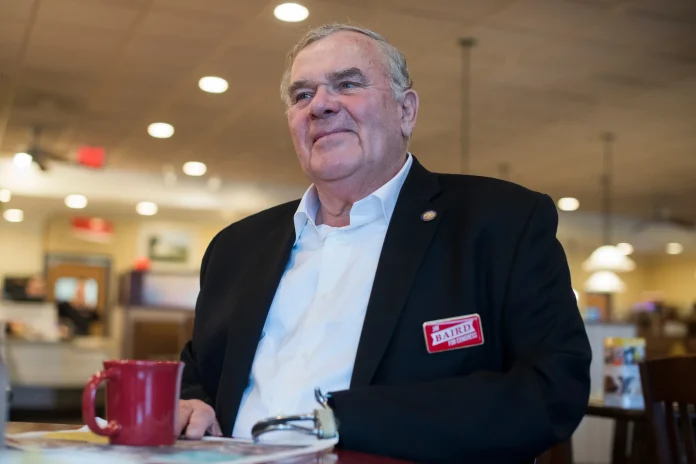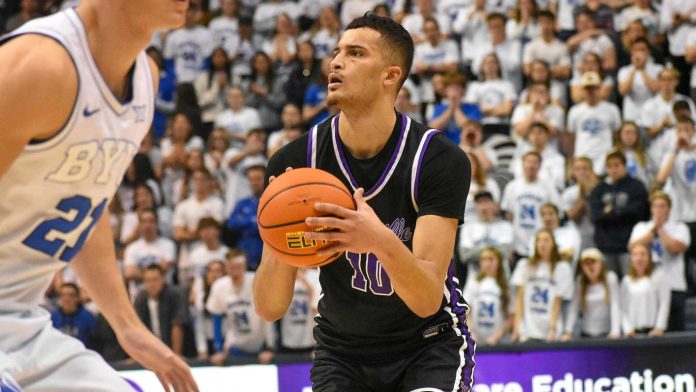College financial aid applicants can expect the release of the new Free Application for Federal Student Aid, or FAFSA, on Dec. 31, according to an announcement last month by the U.S. Department of Education.
In Kentucky, two higher education organizations are partnering to get out information on the changes for the 2024-25 school year.
Changes include a shorter and simpler form, a new eligibility formula for Pell Grants and a student aid. govdashboard to help students understand next steps; all of which are intended to allow more students to access the financial aid they need to attend college, according to a release from the Council on Postsecondary Education (CPE).
“Our first-generation students are often overwhelmed by the financial aid application process, and these changes, while all positive, will be adding to that confusion for a while,†said CPE President Aaron Thompson. “Our goal with this campaign is to get students the resources they need to improve FAFSA completion rates and college affordability overall.â€
In 2022, Kentucky’s graduating seniors left nearly $54 million in available Pell grants unclaimed. Completion of the FAFSA is necessary to access most sources of federal, state and institutional financial aid, said CPE.
GEAR UP Kentucky, a unit of the CPE, and the Kentucky Higher Education Assistance Authority (KHEAA) will be conducting a public service awareness campaign to prepare students and their families for the changes.
According to the nonprofit Education Northwest, which has studied strategies to boost FAFSA completion, students who might be eligible for aid have frequently not completed the form due to misconceptions that their parents made too much income or a lack of awareness and information about how financial aid works.
During the COVID-19 pandemic, Congress passed the FAFSA Simplification Act to streamline the financial aid process for students and families.
“The redesigned FAFSA form is the most ambitious and significant redesign of the federal student aid application and delivery in decades, and will significantly simplify how students, parents, and other educational stakeholders use the FAFSA form starting this year,†the U.S. Department of Education said in a March 27 release.
“About half of Kentucky’s high school seniors are considered economically disadvantaged,†said KHEAA Executive Director Jo Carole Ellis. “FAFSA awareness and completion are powerful tools to make college dreams a reality for these students. FAFSA completion support has always been central to KHEAA’s outreach efforts, and we are pleased to work together with CPE in this important effort.â€
The promotion will include TV and radio commercials running across the state via the Kentucky Broadcasters Association Public Education Partnership program, a social media campaign and an online resource hub for students.
“We felt it crucial to partner with KHEAA to maximize impact,†said Kim Welch, executive director of GEAR UP Kentucky. “Both of our agencies want students and their families to know they aren’t alone in navigating the often-difficult transition to college. There are people across the Commonwealth ready to help students and their families complete the FAFSA and get the money they’re due – and we’re committed to ensuring they know where to get that assistance.â€
To view GEAR UP Kentucky’s FAFSA resource page, visit https://gearupky.org/money.
FOOTNOTE: Nathaniel Cline, a reporter for the Virginia Mercury, contributed to this story. The Virginia Mercy, a sister publication to Kentucky Lantern, is part of States Newsroom, a network of news bureaus supported by grants and donors as a 501c(3) public charity.Â









